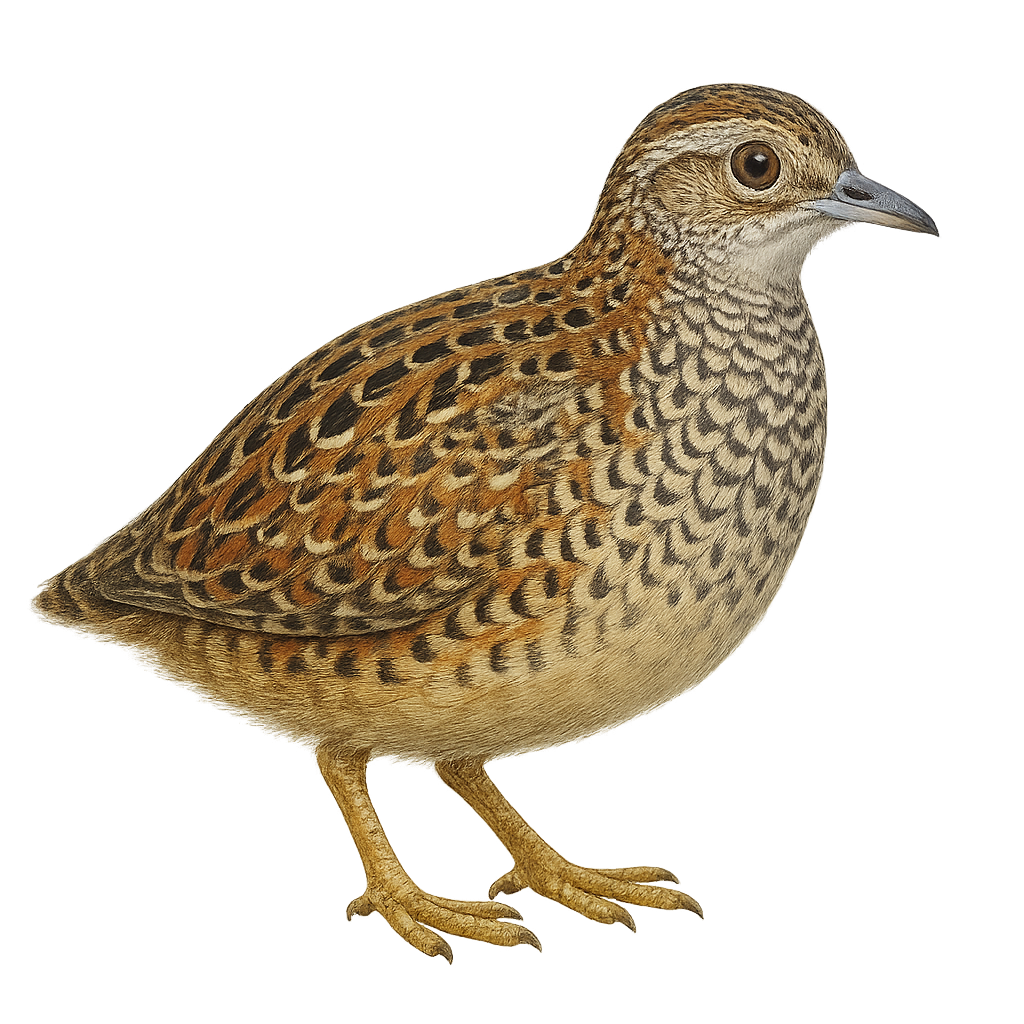Your wildlife photography guide.
Explore the painted buttonquail in detail, study its behavior, prepare your shots.
Where to observe and photograph the painted buttonquail in the wild
Learn where and when to spot the painted buttonquail in the wild, how to identify the species based on distinctive features, and what natural environments it inhabits. The WildlifePhotographer app offers tailored photography tips that reflect the painted buttonquail’s behavior, helping you capture better wildlife images. Explore the full species profile for key information including description, habitat, active periods, and approach techniques.
Painted Buttonquail
Scientific name: Turnix varius

IUCN Status: Least Concern
Family: TURNICIDAE
Group: Birds
Sensitivity to human approach: Suspicious
Minimum approach distance: 10 m
Courtship display: September to October
Incubation: 18-20 jours
Hatchings: September to November
Habitat:
Dry forests, grasslands, shrublands
Activity period :
Primarily active during the day, with peak activity in the morning and late afternoon.
Identification and description:
The Painted Buttonquail is a small, ground-dwelling bird belonging to the Turnicidae family. It is notable for its colorful plumage, featuring a mix of brown, black, and white with spotted patterns that provide excellent camouflage in its natural habitat. This bird is primarily endemic to Australia, where it inhabits dry forests, grasslands, and shrublands. The Painted Buttonquail is known for its elusive behavior and ability to move quickly on the ground. It feeds mainly on seeds, insects, and small invertebrates. Although its flight is limited, it can take off suddenly when threatened.
Recommended lens:
400 mm – adjust based on distance, desired framing (portrait or habitat), and approach conditions.
Photography tips:
To photograph the Painted Buttonquail, it is advisable to use a telephoto lens of at least 400mm to capture detailed images without disturbing the bird. Look for it in dry forests and grasslands, where it blends well. Be patient and discreet, as this bird is suspicious and moves quickly on the ground. Try to photograph early in the morning or late in the afternoon when the light is soft and the bird is more active. Use a tripod to stabilize your camera and achieve sharp images.
The WildlifePhotographer App is coming soon!
Be the first to explore the best nature spots, track rutting seasons, log your observations, and observe more wildlife.
Already 1 430 wildlife lovers subscribed worldwide

